When it comes to designing and decorating a space, one of the most crucial elements to consider is the choice of flooring and wall tiles. The right selection can completely transform the look and feel of a room, adding style, personality, and functionality. Among the various options available in the market, one approach that is gaining popularity is the concept of using floor tiles on walls first, before considering other design elements. The use of floor tiles on walls is a trend that has been growing in recent years, and for good reason. This unconventional approach can create a unique and visually appealing aesthetic that sets your space apart from the rest. By thinking outside the box and using floor tiles on walls, you can achieve a sophisticated and modern look that adds depth and character to your home or business. One of the key benefits of using floor tiles on walls is the wide range of design options available.

.
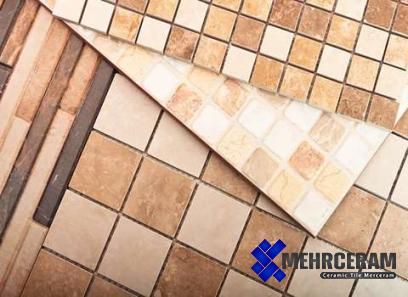 Floor tiles come in a variety of colors, patterns, shapes, and textures, giving you endless possibilities to create a one-of-a-kind look for your space. Whether you prefer a sleek and contemporary style or a more rustic and natural feel, there are floor tiles that can suit your taste and complement your overall design vision. Another advantage of using floor tiles on walls is the durability and longevity they offer. Floor tiles are designed to withstand high levels of foot traffic, spills, and wear and tear, making them a durable and practical choice for wall installations. By using floor tiles on walls, you can ensure that your space not only looks great but also maintains its quality and appearance over time. In addition to their aesthetic and functional benefits, floor tiles are also relatively easy to install on walls. With the right tools and materials, you can transform a plain and boring wall into a stunning focal point in no time. Whether you choose to install the tiles yourself or hire a professional, the process is straightforward and can be completed efficiently and effectively. Moreover, using floor tiles on walls is a cost-effective way to enhance the look of your space. Compared to other wall covering options, such as paint, wallpaper, or wood paneling, floor tiles offer a long-lasting and low-maintenance solution that can save you time and money in the long run. With their durability and resistance to stains and scratches, floor tiles on walls can provide a high-quality finish that requires minimal upkeep and upkeep. When it comes to selecting the right floor tiles for your walls, there are several factors to consider. First and foremost, you should choose tiles that complement the overall style and color scheme of your space. Whether you opt for a monochromatic look or a bold and vibrant design, make sure that the tiles you choose harmonize with the existing decor and furniture in the room. Additionally, consider the size and shape of the tiles when selecting floor tiles for walls.
Floor tiles come in a variety of colors, patterns, shapes, and textures, giving you endless possibilities to create a one-of-a-kind look for your space. Whether you prefer a sleek and contemporary style or a more rustic and natural feel, there are floor tiles that can suit your taste and complement your overall design vision. Another advantage of using floor tiles on walls is the durability and longevity they offer. Floor tiles are designed to withstand high levels of foot traffic, spills, and wear and tear, making them a durable and practical choice for wall installations. By using floor tiles on walls, you can ensure that your space not only looks great but also maintains its quality and appearance over time. In addition to their aesthetic and functional benefits, floor tiles are also relatively easy to install on walls. With the right tools and materials, you can transform a plain and boring wall into a stunning focal point in no time. Whether you choose to install the tiles yourself or hire a professional, the process is straightforward and can be completed efficiently and effectively. Moreover, using floor tiles on walls is a cost-effective way to enhance the look of your space. Compared to other wall covering options, such as paint, wallpaper, or wood paneling, floor tiles offer a long-lasting and low-maintenance solution that can save you time and money in the long run. With their durability and resistance to stains and scratches, floor tiles on walls can provide a high-quality finish that requires minimal upkeep and upkeep. When it comes to selecting the right floor tiles for your walls, there are several factors to consider. First and foremost, you should choose tiles that complement the overall style and color scheme of your space. Whether you opt for a monochromatic look or a bold and vibrant design, make sure that the tiles you choose harmonize with the existing decor and furniture in the room. Additionally, consider the size and shape of the tiles when selecting floor tiles for walls.
..
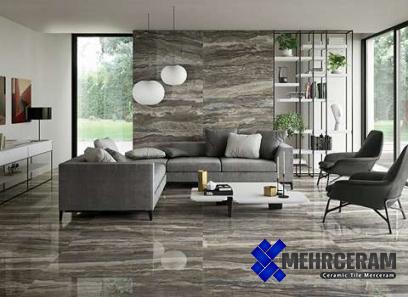 Larger tiles can create a sense of spaciousness and continuity, while smaller tiles can add texture and visual interest. Experiment with different tile layouts and patterns to find the perfect combination that enhances the look and feel of your space. In terms of installation, it is essential to prepare the wall properly before mounting the floor tiles. Ensure that the surface is clean, dry, and smooth to facilitate adhesion and minimize the risk of tiles coming loose over time. Use a high-quality adhesive and grout to secure the tiles firmly in place, paying attention to spacing and alignment for a professional finish. In conclusion, using floor tiles on walls can be a creative and effective way to elevate the design of your space. With their versatility, durability, and aesthetic appeal, floor tiles offer a unique solution for transforming plain walls into stunning features that enhance the overall look and feel of your home or business. Whether you are renovating a bathroom, kitchen, living room, or any other area, consider incorporating floor tiles on walls to create a stylish and personalized environment that reflects your individuality and taste. In addition to the aesthetic and practical benefits of using floor tiles on walls, there are also some innovative design ideas that you can explore to make the most of this trend. Here are a few creative ways to incorporate floor tiles into your wall design: 1. Feature Wall: Create a striking focal point in a room by installing floor tiles on one wall to serve as a feature wall. Choose a bold pattern or color to make a statement and draw attention to the wall. This approach works well in areas such as living rooms, bedrooms, or dining rooms where you want to add visual interest and personality. 2. Accent Border: Use floor tiles to create a decorative border or trim along the walls of a room.
Larger tiles can create a sense of spaciousness and continuity, while smaller tiles can add texture and visual interest. Experiment with different tile layouts and patterns to find the perfect combination that enhances the look and feel of your space. In terms of installation, it is essential to prepare the wall properly before mounting the floor tiles. Ensure that the surface is clean, dry, and smooth to facilitate adhesion and minimize the risk of tiles coming loose over time. Use a high-quality adhesive and grout to secure the tiles firmly in place, paying attention to spacing and alignment for a professional finish. In conclusion, using floor tiles on walls can be a creative and effective way to elevate the design of your space. With their versatility, durability, and aesthetic appeal, floor tiles offer a unique solution for transforming plain walls into stunning features that enhance the overall look and feel of your home or business. Whether you are renovating a bathroom, kitchen, living room, or any other area, consider incorporating floor tiles on walls to create a stylish and personalized environment that reflects your individuality and taste. In addition to the aesthetic and practical benefits of using floor tiles on walls, there are also some innovative design ideas that you can explore to make the most of this trend. Here are a few creative ways to incorporate floor tiles into your wall design: 1. Feature Wall: Create a striking focal point in a room by installing floor tiles on one wall to serve as a feature wall. Choose a bold pattern or color to make a statement and draw attention to the wall. This approach works well in areas such as living rooms, bedrooms, or dining rooms where you want to add visual interest and personality. 2. Accent Border: Use floor tiles to create a decorative border or trim along the walls of a room.
…
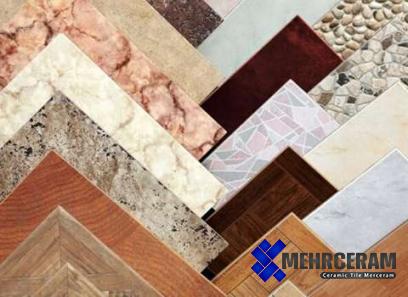 This can help define the space and add a sophisticated touch to your design. Consider using contrasting tiles or a different shape to create a border that stands out and complements the overall aesthetic of the room. 3. Textured Wall: Experiment with textured floor tiles to add dimension and depth to your walls. Textured tiles can create a tactile element that adds visual interest and enhances the overall look of the space. Whether you choose a rough stone finish or a glossy pattern, textured tiles can bring a unique and dynamic quality to your walls. 4. Mosaic Patterns: Incorporate mosaic floor tiles on walls to introduce intricate patterns and designs that add a touch of luxury and elegance to your space. Mosaic tiles can be arranged in various configurations to create custom designs and motifs that reflect your personal style. Consider using mosaic tiles in bathrooms, kitchens, or entryways for a decorative touch. 5. Vertical Installation: Install floor tiles vertically on walls to create a sense of height and elongate the space. Vertical installation can visually expand a room and make it appear larger and more spacious. This technique works particularly well in rooms with low ceilings or limited natural light, as it can create an illusion of height and airiness. 6. Mixed Materials: Combine floor tiles with other materials, such as wood, metal, or glass, to add visual contrast and create a unique design aesthetic. Mixing materials can elevate the overall look of your space and create a custom and personalized feel. Experiment with different combinations to find the right balance of textures, colors, and finishes that complement each other. 7. Outdoor Inspiration: Bring the outdoors inside by using floor tiles that mimic natural elements, such as wood, stone, or concrete, on your walls. This approach can create a seamless transition between indoor and outdoor spaces and add a natural and organic feel to your room. Consider using weather-resistant tiles for walls in areas exposed to moisture, such as bathrooms or kitchens. Overall, the trend of using floor tiles on walls offers a versatile and creative way to enhance the design of your space. By exploring different design options, materials, and installation techniques, you can create a unique and personalized environment that reflects your individual style and personality. Whether you are renovating an entire room or looking to make a subtle change, consider incorporating floor tiles on walls to elevate the aesthetic appeal of your home or business.
This can help define the space and add a sophisticated touch to your design. Consider using contrasting tiles or a different shape to create a border that stands out and complements the overall aesthetic of the room. 3. Textured Wall: Experiment with textured floor tiles to add dimension and depth to your walls. Textured tiles can create a tactile element that adds visual interest and enhances the overall look of the space. Whether you choose a rough stone finish or a glossy pattern, textured tiles can bring a unique and dynamic quality to your walls. 4. Mosaic Patterns: Incorporate mosaic floor tiles on walls to introduce intricate patterns and designs that add a touch of luxury and elegance to your space. Mosaic tiles can be arranged in various configurations to create custom designs and motifs that reflect your personal style. Consider using mosaic tiles in bathrooms, kitchens, or entryways for a decorative touch. 5. Vertical Installation: Install floor tiles vertically on walls to create a sense of height and elongate the space. Vertical installation can visually expand a room and make it appear larger and more spacious. This technique works particularly well in rooms with low ceilings or limited natural light, as it can create an illusion of height and airiness. 6. Mixed Materials: Combine floor tiles with other materials, such as wood, metal, or glass, to add visual contrast and create a unique design aesthetic. Mixing materials can elevate the overall look of your space and create a custom and personalized feel. Experiment with different combinations to find the right balance of textures, colors, and finishes that complement each other. 7. Outdoor Inspiration: Bring the outdoors inside by using floor tiles that mimic natural elements, such as wood, stone, or concrete, on your walls. This approach can create a seamless transition between indoor and outdoor spaces and add a natural and organic feel to your room. Consider using weather-resistant tiles for walls in areas exposed to moisture, such as bathrooms or kitchens. Overall, the trend of using floor tiles on walls offers a versatile and creative way to enhance the design of your space. By exploring different design options, materials, and installation techniques, you can create a unique and personalized environment that reflects your individual style and personality. Whether you are renovating an entire room or looking to make a subtle change, consider incorporating floor tiles on walls to elevate the aesthetic appeal of your home or business.
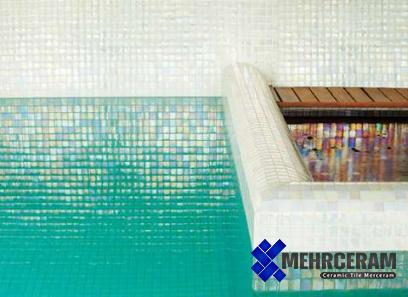
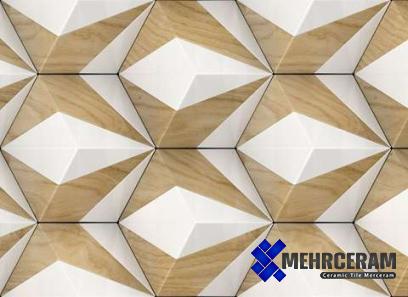
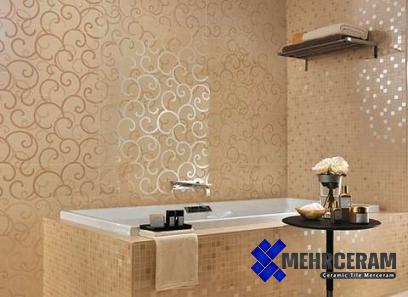
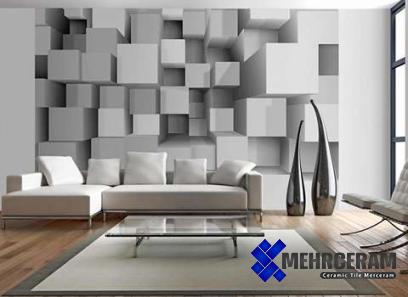
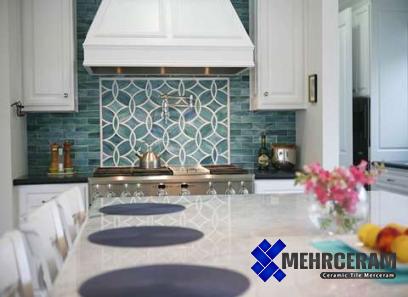
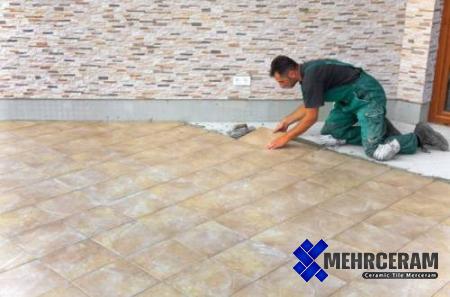

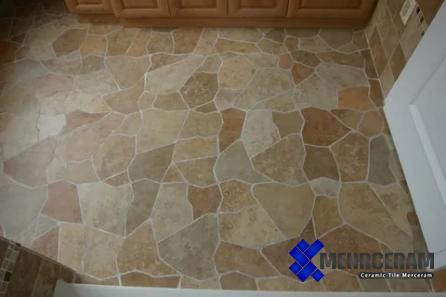
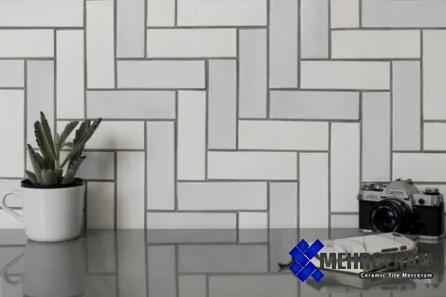
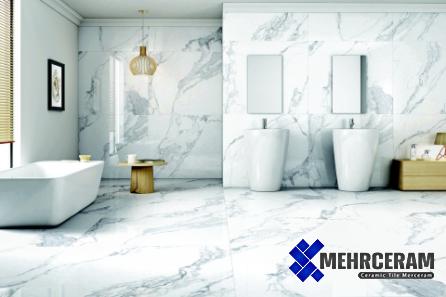
Your comment submitted.